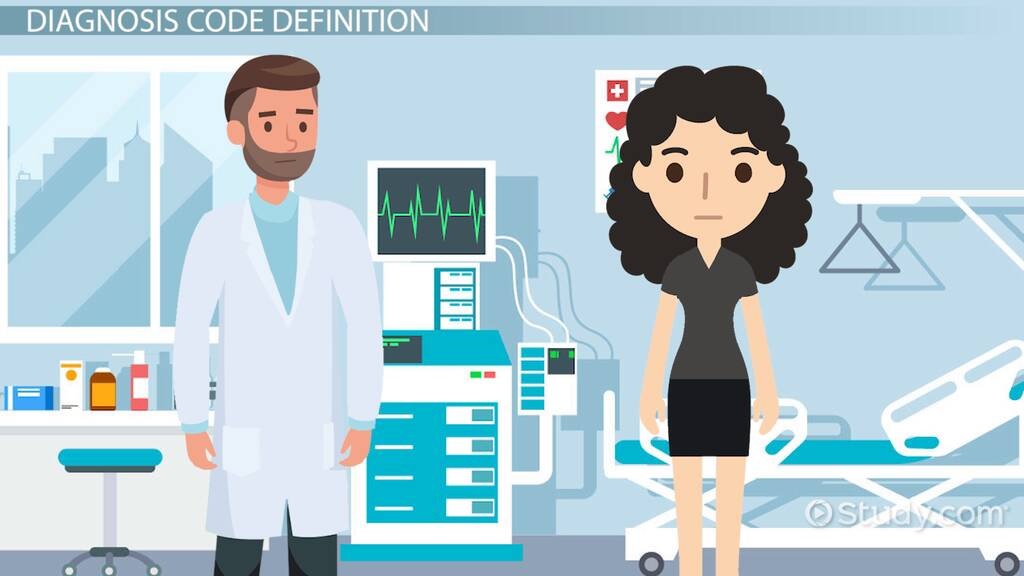Diagnosis codes are a foundation for efficient and effective healthcare management, research, billing, and informed decision-making. That is why the importance of diagnosis codes cannot be overstated. They are considered vital tools that enhance patient care, support clinical decision-making, and drive the overall functioning of the healthcare system. This blog will provide a comprehensive guide to diagnosis code, its preparation, importance, and use in different scenarios.
Understand Diagnosis Code
A diagnosis code combines letters and numbers showcasing a medical condition, symptom, disease, or procedure. They are also known as medical or clinical codes and are considered essential to medical records. The most commonly used system for diagnosis coding is the International Classification of Diseases (ICD), maintained by the World Health Organization (WHO).
How Is Diagnosis Code Prepared?
Several steps are involved while preparing the diagnosis codes, which help ensure accuracy, standardization, and consistency in the billing and medical coding. Firstly, the standardized classification system, like ICD-10 (latest version), is used. ICD-10 encompasses a vast range of diseases, injuries, and health conditions, and each is assigned a unique alphanumeric code. Consequently, the healthcare provider check and analyzes the condition of the patient, and diagnosis is done on the basis of factors, such as symptoms, medical history, diagnostic test, and physical examination.
Accurate and detailed medical documentation is crucial for determining the appropriate diagnosis code. Using the ICD-10 classification system, the healthcare provider selects the diagnosis code that best represents the patient’s condition.
Once the diagnosis code is selected, it is assigned to the patient’s medical record, electronic health record (EHR), or billing claim. In modern healthcare settings, EHR systems often have built-in coding tools that facilitate the assignment of diagnosis codes based on documented patient information. Moreover, the coding process should adhere to specific guidelines and principles provided by organizations such as the Centers for Medicare and Medicaid Services (CMS) in the United States, which outline the proper use and sequencing of diagnosis codes.
Importance of Diagnosis Codes in Healthcare
Diagnosis code is pivotal in medical records, ensuring patient information remains organized and easily accessible. Due to this, healthcare providers can make informed decisions regarding patients’ health. Diagnosis codes are also essential for accurate and timely billing of the reimbursement process. Diagnosis codes help ensure continuity of care when patients transition between healthcare providers or facilities. Accurate and standardized coding ensures that all involved parties clearly understand the patient’s medical condition and treatment history.
Use of Diagnosis Codes
Medical Records
The patient’s medical and current health condition can be documented in medical records through diagnosis codes. Due to this, healthcare providers can keep track of patient’s health status, track disease progression, and plan appropriate documents.
Billing and Reimbursement
When patients receive medical services, healthcare providers submit claims to insurance companies for reimbursement. Diagnosis codes are included in these claims to indicate the reason for the visit or treatment. Insurance companies use these codes to determine whether the services are covered and to calculate the reimbursement amount.
Healthcare Statistics and Research
Accurate and compliant data are keys when calculating a patient risk score. Aggregated data from diagnosis codes are valuable for generating healthcare statistics, identifying trends in disease prevalence, and conducting medical research. As a result, disease outbreaks can be tracked efficiently and the effectiveness of various treatments can be evaluated in an enhanced manner.
Public Health Surveillance
Diagnosis codes are vital in public health surveillance systems, helping authorities monitor and respond to public health issues, such as infectious diseases or chronic conditions. Timely and accurate reporting of diagnosis codes can aid in detecting outbreaks and implementing appropriate public health interventions.
Quality Improvement and Patient Safety
Diagnosis codes are used in quality improvement initiatives to identify areas for improvement in healthcare delivery. They help identify patterns of errors, adverse events, and complications, enabling healthcare institutions to enhance patient safety and reduce medical errors.
Final Thoughts
In a nutshell, it can be concluded that a diagnosis code is a critical step in healthcare documentation, billing, and data management. Accurate and standardized coding ensures proper communication among healthcare providers, accurate billing, meaningful healthcare data analysis, and appropriate decision-making to improve patient care.

